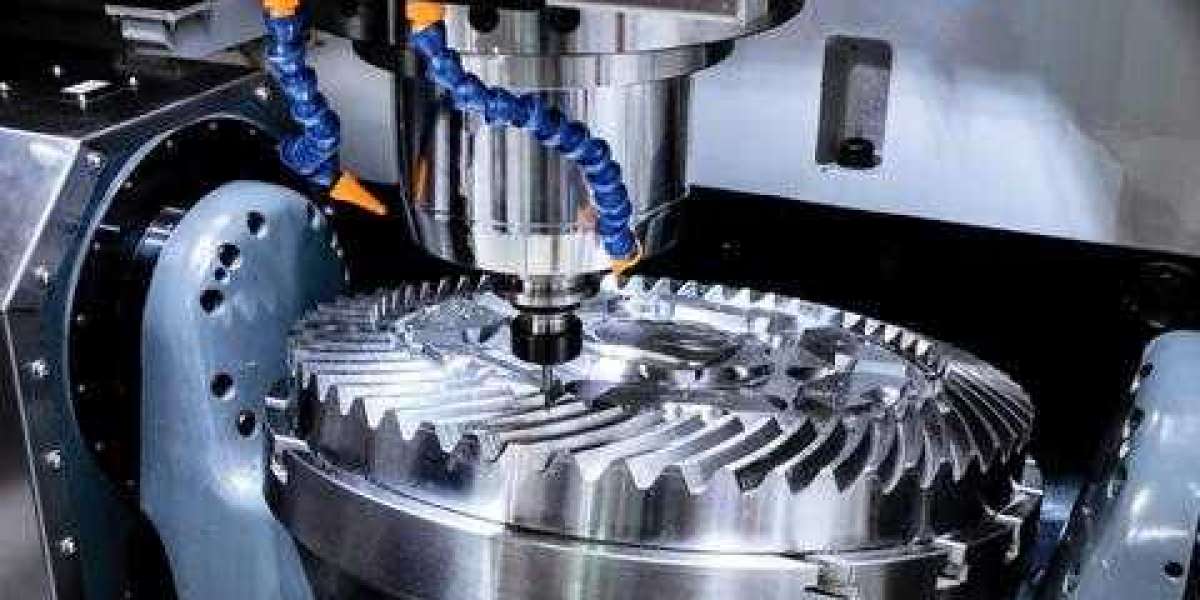Steel machining is a crucial process in various industries, from automotive and aerospace to construction and manufacturing. This guide will provide a detailed overview of steel machining, explaining the techniques, tools, and considerations involved in precision metalworking. Whether you're a professional in the field or a novice looking to understand the basics, this guide has you covered.
Section 1: What Is Steel Machining?
Steel machining refers to the process of removing material from steel workpieces to achieve specific shapes, dimensions, and surface finishes. It's essential for creating precision parts and components used in various applications. Common techniques include turning, milling, drilling, grinding, and more.
Section 2: Types of Steel Machining Techniques
Turning: In turning, a workpiece is rotated on a lathe while a cutting tool removes material. This technique is commonly used to create cylindrical components, such as shafts and bolts.
Milling: Milling involves using a rotating cutter to remove material from a workpiece. It is versatile and can produce complex shapes and surfaces.
Drilling: Drilling creates holes in steel workpieces using a rotating drill bit. It's essential for applications like fastener installation.
Grinding: Grinding is used to achieve precise surface finishes and tight tolerances. Abrasive wheels are used to remove material from the workpiece.
Section 3: Essential Tools and Equipment
For effective steel machining, you'll need the following tools and equipment:
Lathe: A lathe is essential for turning operations, allowing you to rotate the workpiece while a cutting tool shapes it.
Milling Machine: A milling machine is used for milling operations, providing versatility in creating complex shapes.
Drill Press: A drill press is used for drilling operations, offering precision in creating holes.
Grinding Machine: Grinding machines are equipped with abrasive wheels for finishing and achieving tight tolerances.
Tooling: A variety of cutting tools and tool holders are required for different machining operations.
Section 4: Considerations for Steel Machining
Material Selection: Different types of steel, such as carbon steel, stainless steel, and tool steel, require specific machining techniques and tooling.
Cutting Speed and Feeds: The right cutting speeds and feeds are crucial for achieving efficient machining without damaging tools or workpieces.
Coolant and Lubrication: Proper coolant and lubrication systems help dissipate heat, reduce tool wear, and improve surface finish.
Safety: Steel machining involves various hazards, so following safety protocols is essential to prevent accidents.
Section 5: Quality Control and Inspection
Quality control is crucial in steel machining to ensure that the final products meet specifications. This involves measuring dimensions, inspecting surface finishes, and using tools like calipers, micrometers, and gauges.
Section 6: Applications of Steel Machining
Steel machining is vital in various industries, including:
Aerospace: Creating precision components for aircraft and spacecraft.
Automotive: Producing engine parts, transmissions, and suspension components.
Construction: Fabricating structural components and fasteners.
Manufacturing: Crafting a wide range of products, from tools to appliances.
Conclusion: Steel machining is a fundamental process in precision metalworking, playing a crucial role in producing high-quality components for diverse industries. This guide provides an overview of techniques, tools, considerations, and applications in steel machining, allowing you to better understand this essential aspect of manufacturing and engineering.








